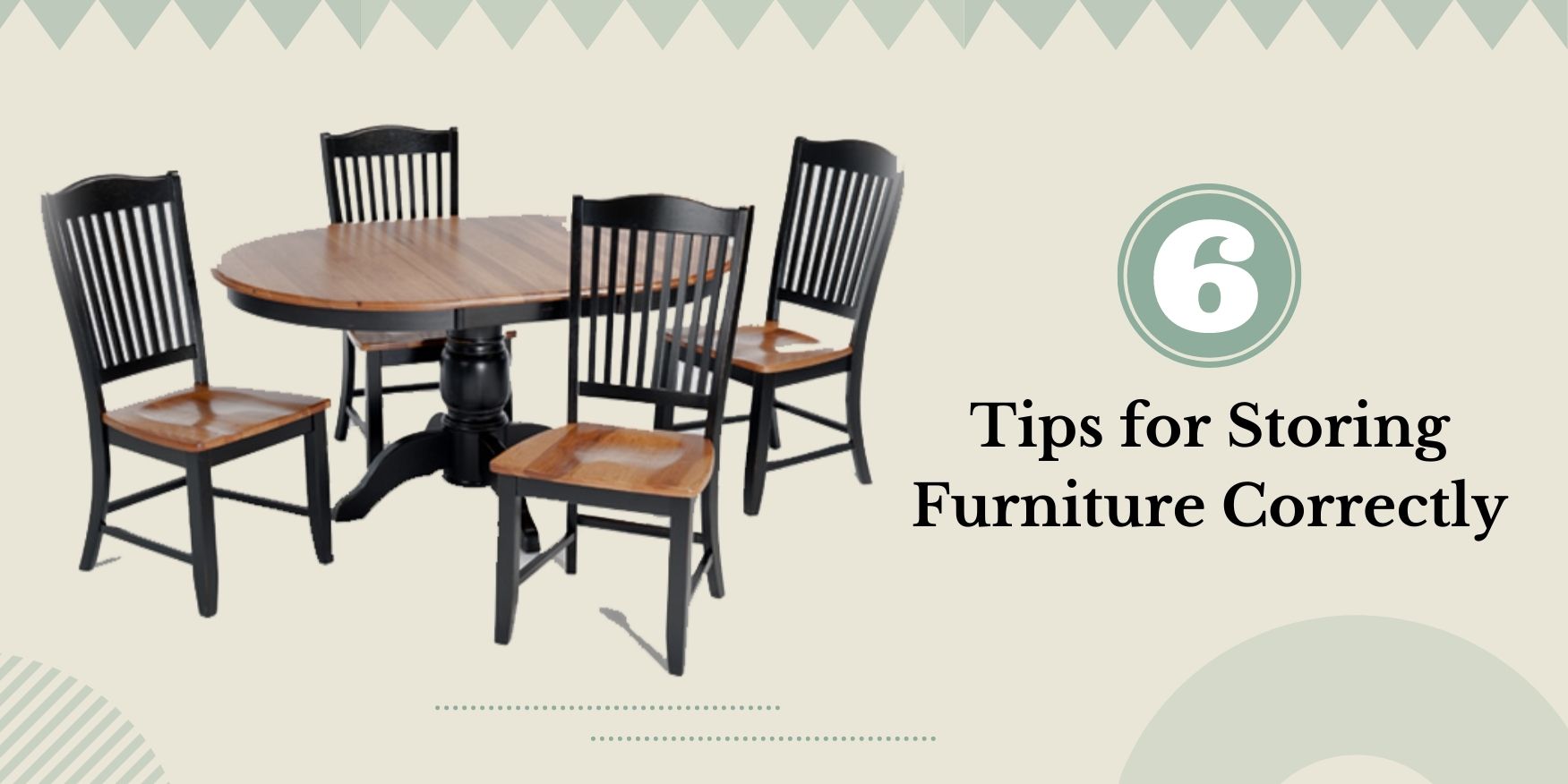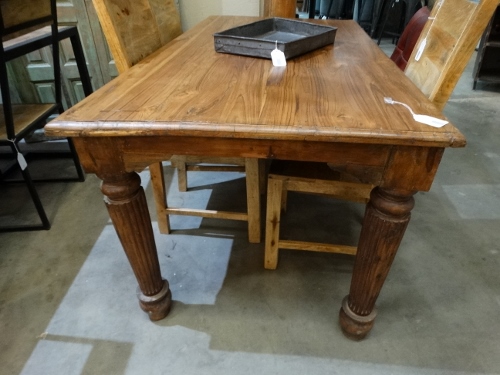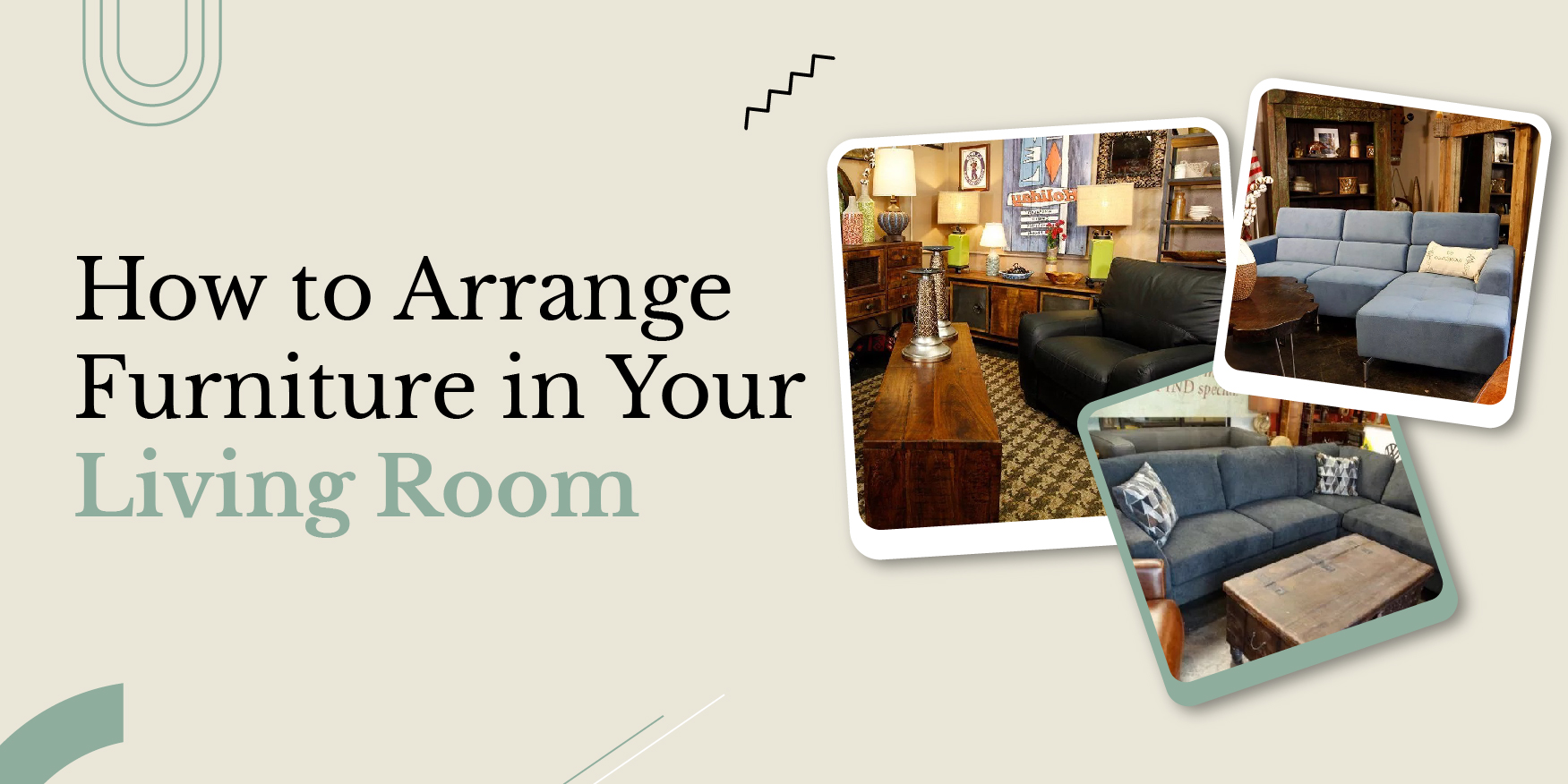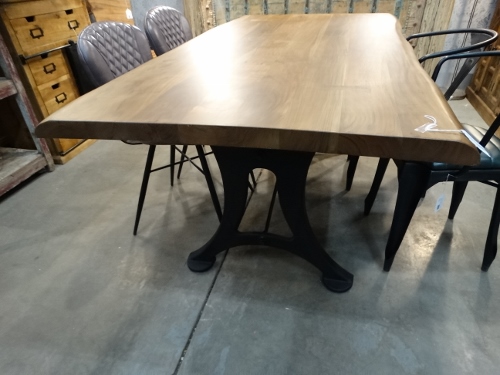1. Being Impulsive
It’s easy to make mistakes when buying furniture. We can avoid many mistakes that cost us money and peace of mind with some planning and better self-control (we know it’s hard). Impulsive buying is something many of us are prone to. No surprise there. Maybe the furniture is similar to what your friend/ relative has. Perhaps the price/ discount is too good to resist.
Ask yourself the following questions when you feel the impulse to buy:
-
-
- Do you really like the piece of furniture or is it the price that’s more attractive?
- Why do you want to buy something similar to another person?
- What will you do if the furniture doesn’t suit your home?
- What will you do when you realize that you don’t like it anymore?
- Can you afford to make a wrong purchase?
-
2. Not Paying Attention to Your Lifestyle
The internet and housekeeping magazines sure inspire us when buying furniture. However, not many realize (until it’s too late) that the pictures posted are a result of a meticulous photoshoot. Everything is planned to create the right effect, from lighting to colour contrast to the setting. Does it match your lifestyle in Denver? Consider your lifestyle and region before buying furniture.
Tips to remember when choosing furniture:
-
-
- You’ve got to live with your furniture. Pick what looks good in your home.
- Consider kids, pets, and seniors when buying furniture.
- Dainty items can’t survive heavy usage no matter how cute they look.
- There’s no point in buying high-end furniture every year (unless you have more than enough money for it).
- Appearance, cost, and durability matter. Find a balance between all three.
-
3. Going for a Completely Matching Set
A golden rule in buying furniture is to look for variety in color, shapes, and sizes. A completely matching set seems terrific, but not when you have to look at it every day. Colors play a vital role in setting the mood of the room. Have enough variety that you can rearrange the room to change the mood anytime you want.
-
-
- Don’t do the following when buying furniture:
- Buy all items for the room at once
- Get everything in matching colors and shades
- Pick designs based on the latest fads (it’s called fad for a reason)
- Give more importance to appearance than comfort or vice versa
- Ignore that your home needs character (something that reflects who you are)
-
A home that oozes character will be more inviting than a house that’s a copy of the latest fad.
4. Painting the Room First and Buying Furniture Later
Did you already decide on the wall paint? Stop right there and don’t buy the cans of paint. Painting the walls first will limit your choices for furniture. What if you love an ornate little piece but can’t buy it because the color will clash with your wall paint? Ouch!
-
-
- Colors will look different in different settings, be it a computer screen, white light, or natural light.
- There are too many shades of the same color, and no, you can substitute one for another.
- Anything extreme (too bland, bright, or dark) is not suitable for your home.
-
Once you buy the furniture, you’ll have a better idea about what to do with the bare walls. Do you want to paint it? Will wallpaper look better? Maybe textures can enhance the beauty of your furniture.
5. Not Considering the Maintenance Cost and Requirements
Furniture needs maintenance. Luckily, some require less maintenance and last for a long time. Some need more care but still last long. A few other items need more maintenance and have a shorter life span. Which kind of furniture do you want to buy? Choosing the last option wouldn’t be wise, right?
Tips for maintaining furniture:
-
-
- Follow the seller’s instructions.
- Hire professional cleaners.
- Don’t use harsh chemicals.
- Vacuum regularly.
- Use only soft cloth or brushes.
- Don’t leave the furniture in direct sunlight.
-
Maintenance depends on your lifestyle, your geographical location, and financial restrictions. What worked in New York may not work in Denver. Buying a pale cream chenille or velvet sofa when you have toddlers/ pets is a bad idea. The total maintenance cost should not be more than the furniture price.
6. Relying on the Staff or Others to Make Decision for You
How many times did we buy something because someone suggested it? Getting influenced by another’s choice is something you should vehemently avoid when purchasing furniture. It’s your home, and you (and your family) have to live there.
At the same time, not asking for more information is also wrong. If you are not sure about a piece of furniture, go ahead and ask others. But choose the one you love and fit your budget.
-
-
- Don’t take your entire family of friends’ gang to the furniture store.
- Don’t ask the staff to take a pick between two or more choices.
- Don’t argue with others in the furniture store. Leave and go back later to make your decision.
- Don’t buy something based on someone’s experience.
-





